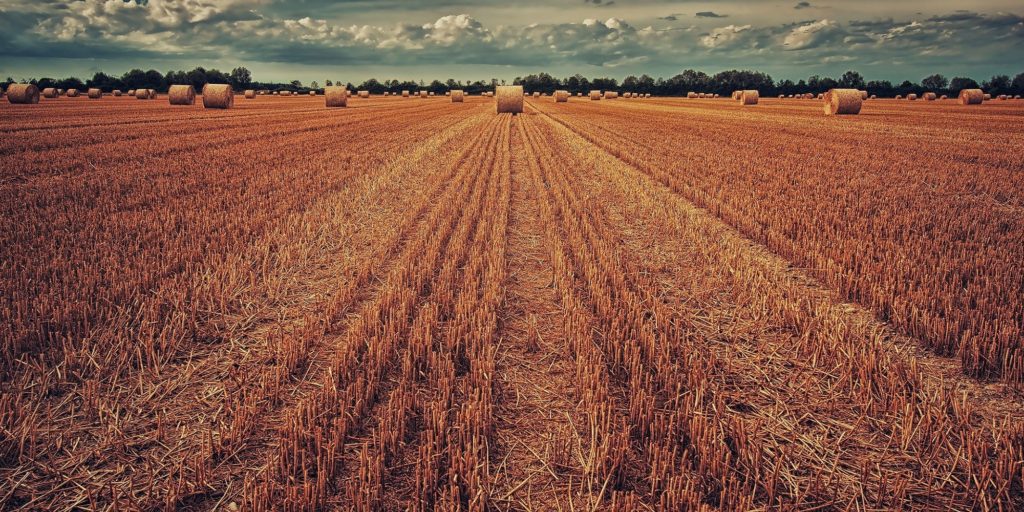Fishmeal is an energetic powered form of dried pelagic fish or the fish that is not suitable for human consumption. Fishmeal is a limited global resource that means we are producing a constant amount of fishmeal every year with small fluctuations. Wageningen University and Research based in Netherlands and Shiok Meats in Singapore are the biggest fishmeal companies in the world. With the increase in human population, the demand of seafood also increasing without increase in fishmeal companies, fishmeal manufacturers and fishmeal suppliers. Per capita consumption of seafood is 16kg per year. In order to keep the seafood availability, there is need of producing to expand it to 50 million tons by the year 2050 (Tacon and Forster, 2001).
- Land based aquaculture is the modern technology in fishery industry practiced in Denmark at commercial level. In 2009, Denmark has produced 32,100 tons of Trout fish through the above mentioned fishmeal harvesting method. By utilizing this technology, fish farms produced the fish more than the target numbers and they have been asked to reduce production forcefully. A part of this technology named “cleaner-production” inspired many countries and now a number of fishmeal manufacturer and fishmeal supplier are using this technology.
- Fishmeal manufacturer system required large amounts of fossil fuel (natural gas or heavy fuel) for heating purposes. During this process, flue gas emitted contains excessive amounts of carbon dioxide that badly pollute the environment. In order to make the fishmeal manufacturing process clean and environment-friendly, researchers suggested a method of utilization of excessive carbon dioxide. The emitted carbon dioxide gas utilized in microalgae biomass cultivation thus reducing the bad effects of fishmeal production, environmental pollution and decreasing the cost of microalgae cultivation.
- For sustainable fishmeal exporter methods, it is important to design some laws and limits for both fishmeal manufacturer and fishmeal supplier. For example, for all Danish fishmeal exporter foundation “Common Fishery Policy Foundation” (CFPF) formulated a number of rules and regulations for sustainable fishmeal harvesting methods and to exploit the national resource policy. Those rules and regulations are described below:
-
- License to fishmeal companies, fishmeal manufacturer, fishmeal supplier, and fishmeal exporters.
- TAC (total allowable catch),
- Output control,
- ITQ (individual trade quota) are import agreements imposed on domestic growers by local government to limit the output of a particular good or service.
- Secure season: to not allow fishmeal companies to harvesting during spawning or migration periods to not affect fish population.
- Thorough/detailed netting configurations.
- Limitation in use of certain fishing gear (beam trawl, purse seine) in certain areas.
- Engine and vessels size limitations for fishmeal manufacturer and fishmeal exporters.
- Days at sea and closed areas.
- Balance between recreational and commercial fishing.
- Preservation of wild population.
- Environment friendly recirculation systems.
- In marine aquaculture, the marine mammal’s population badly affected because they try to interact with marine aquaculture in search of prey and may get injured as they get entangled in the gears associated with marine aquaculture working equipment. In order to keep the marine mammals away from aquaculture nests, a number of physical barriers and harassment technologies such as firecrackers, dissuasion devices, predator nets, predator sounds, and acoustic harassment, etc., have been used but the marine mammals learn to ignore them. However, the last and most effective way to keep marine mammals away from marine aquaculture is lethal or non-lethal removal. Both kinds of removal require proper permission from the appropriate regulatory agency before any
- Fishmeal is said to an “unidentified growth source”. Although it has been studied for its protein, amino acid, polyunsaturated fatty acids, and many minerals and vitamin presence in it still needs a lot of studies to find out the chief elements of fishmeal without which the swine and poultry industry cannot be The fish caught for the production and preparation of fishmeal by fishmeal suppliers is termed as “Industrial Fish” and not food fish. The annual industrial fish harvest rate (according to FAO) is 19 million tons to 28 million tons.
- Thorough monitoring of the stocks of fish containing harvested fish for fishmeal manufacturing before, during, and at the end of fishing season to check stock strength and stock recovery. For example, fishmeal exporter “Japanese Sardine Stock Collapse 1938”, resulted in the abundant sardine in weak year-class catches in plenty for many years until previous year-classes got aged enough to use in the fishery.
References:
Hardy, R. W., & Tacon, A. G. (2002). Fish meal: historical uses, production trends and future outlook for sustainable supplies. Responsible marine aquaculture, 311-325.
Olsen, R. L., & Hasan, M. R. (2012). A limited supply of fishmeal: Impact on future increases in global aquaculture production. Trends in Food Science & Technology, 27(2), 120-128.
Salin, K.R., Arun, V.V., Nair, C.M. and Tidwell, J.H., 2018. Sustainable aquafeed. In Sustainable Aquaculture (pp. 123-151). Springer, Cham.
Shah, Mahfuzur Rahman, Giovanni Antonio Lutzu, Asraful Alam, Pallab Sarker, MA Kabir Chowdhury, Ali Parsaeimehr, Yuanmei Liang, and Maurycy Daroch. “Microalgae in aquafeeds for a sustainable aquaculture industry.” Journal of applied phycology 30, no. 1 (2018): 197-213.
Malcorps, W., Kok, B., van‘t Land, M., Fritz, M., van Doren, D., Servin, K., … & Davies, S. J. (2019). The sustainability conundrum of fishmeal substitution by plant ingredients in shrimp feeds. Sustainability, 11(4), 1212.
Byelashov, O. A., & Griffin, M. E. (2014). Fish in, fish out: Perception of sustainability and contribution to public health. Fisheries, 39(11), 531-535.

